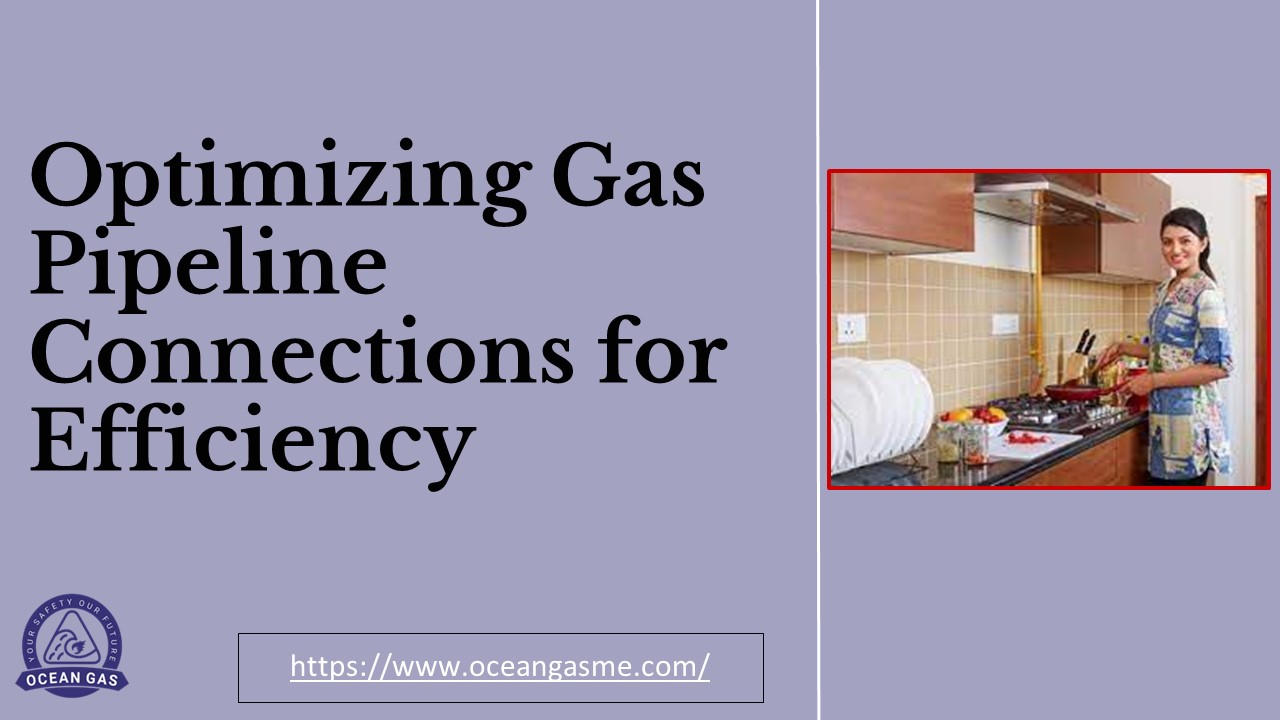Optimizing Gas Pipeline Connections for Efficiency - PowerPoint PPT Presentation
Title:
Optimizing Gas Pipeline Connections for Efficiency
Description:
Optimizing gas pipeline connections is a multifaceted process that demands meticulous planning, precision in execution, and ongoing vigilance. A holistic approach, integrating cutting-edge technology, stringent safety measures, and environmental consciousness, is crucial in ensuring the efficiency, reliability, and safety of gas pipeline connections. For more information, visit: – PowerPoint PPT presentation
Number of Views:1
Title: Optimizing Gas Pipeline Connections for Efficiency
1
Optimizing Gas Pipeline Connections for Efficiency
- https//www.oceangasme.com/
2
INTRODUCTION
- In the realm of energy infrastructure, optimizing
the gas pipeline connection is a pivotal step
towards enhancing overall efficiency. The fluid
and seamless connection of gas pipelines ensures
a steady and reliable energy supply, contributing
to a sustainable and cost-effective energy
distribution network. To maximize the efficiency
of gas pipeline connections, here are the crucial
steps and considerations
3
1. Design Precision
- The initial stage of optimizing gas pipeline
connections begins with meticulous design
planning. Engineers and experts meticulously
craft blueprints that emphasize the pipeline's
structural integrity, ensuring a secure and
durable connection. The design stage dictates the
success and longevity of the pipeline
infrastructure, considering factors like material
selection, pipe diameter, and route optimization
to reduce pressure drops and enhance efficiency.
4
2. Quality Materials
- The selection of high-quality materials is
indispensable for the longevity and performance
of gas pipeline connections. High-grade steel,
corrosion-resistant alloys, and durable polymers
are essential in maintaining the structural
integrity of the pipelines, safeguarding against
leaks and ensuring a prolonged life cycle.
5
3. Stringent Testing
- Rigorous testing protocols are crucial in
guaranteeing the reliability and safety of gas
pipeline connections. Pressure tests,
non-destructive inspections, and quality control
measures are implemented at various stages of the
pipeline installation process. These tests
identify potential weaknesses, ensuring that the
connections can withstand high-pressure
conditions and environmental stressors.
6
4. Advanced Welding Techniques
- The welding process plays a vital role in
securing the joints of the gas pipelines.
Advanced welding techniques, such as automated
welding systems and ultrasonic testing, are
employed to create durable and robust
connections. Precision in welding significantly
reduces the chances of leaks or structural
failures.
7
5. Regular Maintenance
- Ongoing maintenance is key to sustaining the
efficiency of gas pipeline connections. Regular
inspections, preventive maintenance, and timely
repairs help identify and rectify any potential
issues before they escalate. This proactive
approach prolongs the lifespan of the pipeline
connections and ensures uninterrupted gas supply.
8
6. Environmental Considerations
- Environmental factors must be integrated into the
planning and execution of gas pipeline
connections. Routes are strategically chosen to
minimize ecological impact, and measures are
taken to mitigate any potential harm to the
surrounding ecosystem during installation and
maintenance.
9
7. Technological Integration
- Advancements in technology, such as remote
monitoring and sensor-based systems, aid in
continuously assessing the health and performance
of gas pipeline connections. These innovations
allow for real-time data analysis, enabling swift
responses to any anomalies or issues, thereby
maintaining optimal efficiency.
10
8. Regulatory Compliance
- Adhering to stringent regulatory standards and
safety protocols is non-negotiable in the gas
pipeline industry. Compliance with industry
regulations ensures the safety of the
infrastructure and the surrounding communities,
contributing to the reliability and
trustworthiness of the gas pipeline connections.
11
9. Risk Assessment and Mitigation
- Regular risk assessments help in identifying
potential vulnerabilities in gas pipeline
connections. By recognizing risks in advance,
preemptive measures can be taken to mitigate
these risks, thereby safeguarding the integrity
and efficiency of the gas pipelines.
12
10. Community Engagement
- Engaging with local communities and stakeholders
fosters better communication and understanding.
Transparency about the pipeline's function,
safety measures, and emergency protocols helps
build trust and cooperation, ensuring the smooth
operation of gas pipeline connections.
13
CONCLUSION
- In conclusion, optimizing gas pipeline
connections is a multifaceted process that
demands meticulous planning, precision in
execution, and ongoing vigilance. A holistic
approach, integrating cutting-edge technology,
stringent safety measures, and environmental
consciousness, is crucial in ensuring the
efficiency, reliability, and safety of gas
pipeline connections. By adhering to these
pivotal steps, the energy sector can sustainably
meet the growing demands for gas supply while
ensuring a robust and enduring infrastructure.
14
Thanks!
- Do you have any questions?
- 0565044633 info_at_oceangasme.com
https//www.oceangasme.com/

